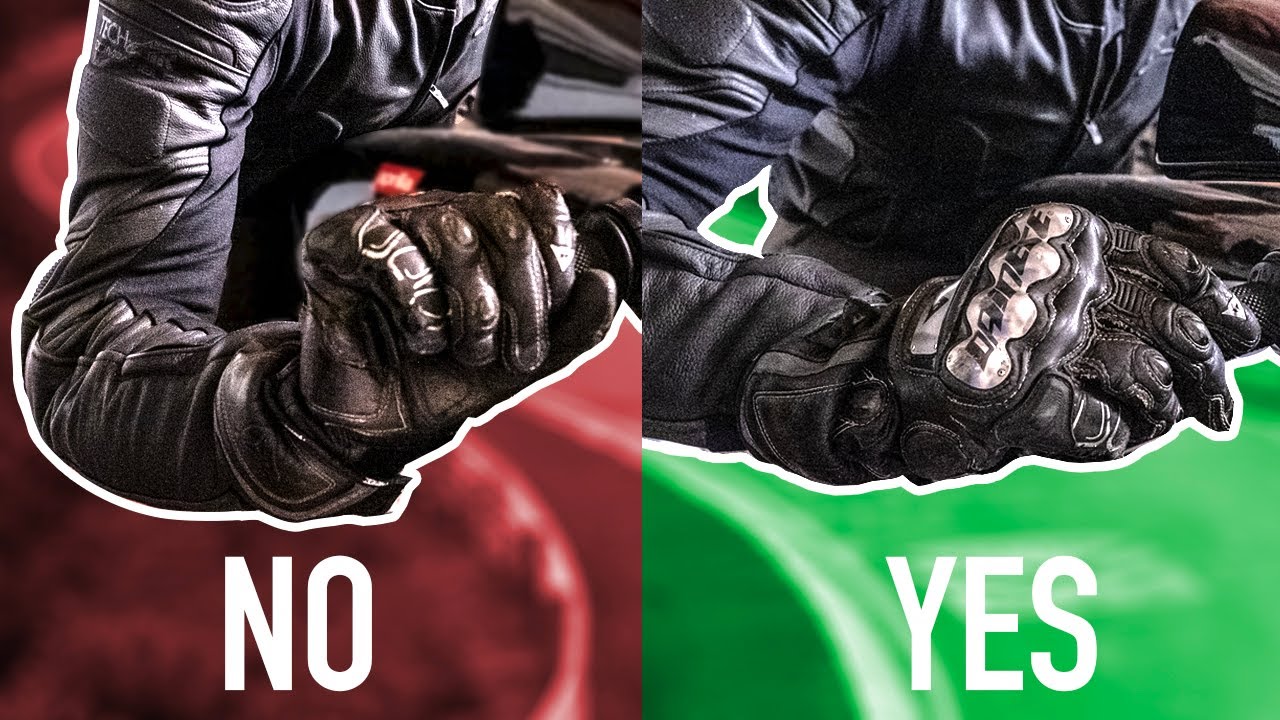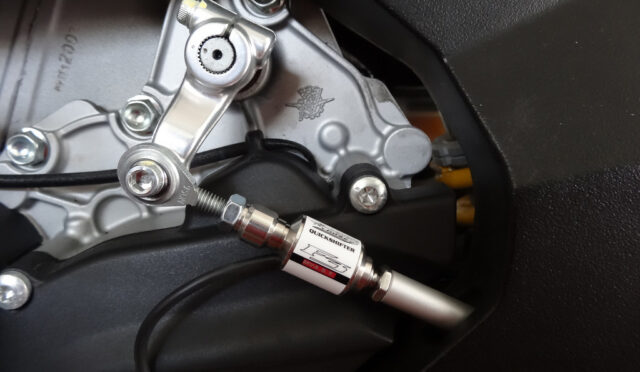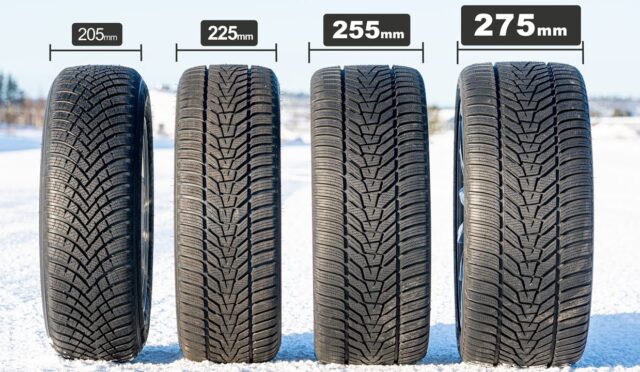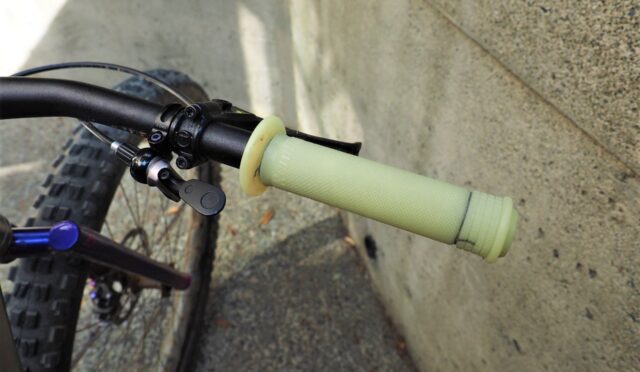When it comes to riding a motorcycle or driving a vehicle, understanding throttle control is essential. One common phrase you might hear is roll off the throttle. This term refers to the action of gradually decreasing the amount of power being sent to the engine. It is an important skill for all drivers.
Rolling off the throttle usually happens when a rider or driver wants to slow down without using the brakes immediately. Instead of abruptly releasing the throttle, they ease off it smoothly. This technique helps to maintain better control of the vehicle. It also provides a more comfortable ride.
The throttle is the mechanism that controls the engine’s power. When you twist the throttle, you increase engine speed. Conversely, rolling off means you reduce it. This action can help in various situations, such as approaching a stoplight or negotiating a turn.
Rolling off the throttle can also enhance fuel efficiency. By easing off, you allow the engine to use less fuel. This is beneficial for both the wallet and the environment. Riders can enjoy longer trips without needing to refuel as often.
In terms of safety, learning to roll off the throttle is important. It can prevent the vehicle from jerking, which may cause loss of balance, especially on motorcycles. Smooth control leads to safer riding and driving experiences.
Practicing this technique is crucial for every motorcyclist and driver. Over time, you will get a feel for how much to roll off the throttle in different situations. It takes practice, but the benefits are clear.
In summary, roll off the throttle means to decrease engine power gradually. This technique aids in control, safety, and efficiency. Understanding and mastering it can significantly improve your riding or driving skills.
Understanding The Concept Of Rolling Off The Throttle In Performance Driving
Understanding the concept of rolling off the throttle is crucial for anyone involved in performance driving. This technique plays a significant role in maintaining control, improving speed, and enhancing overall driving experience. So, what does roll off the throttle mean?
To begin, rolling off the throttle means gradually reducing the pressure on the accelerator pedal. Instead of abruptly releasing the throttle, a driver slowly eases off. This action provides better control of the vehicle. It allows for smoother transitions, especially during cornering and braking.
Why is this technique important? Here are a few reasons:
- Improves stability during turns.
- Reduces the risk of losing traction.
- Enhances braking efficiency.
- Promotes smoother gear changes.
When a driver rolls off the throttle, the vehicle’s weight shifts. This shift impacts handling and traction. The front end of the vehicle gains more grip, allowing for better steering response. This is particularly beneficial in high-performance driving scenarios.
There are key steps to effectively roll off the throttle:
- Approach the corner at a safe speed.
- Gradually ease off the throttle as you enter the turn.
- Maintain a steady pressure on the steering wheel.
- Apply brakes smoothly if necessary.
- Begin to reapply the throttle as you exit the corner.
| Benefits of Rolling Off the Throttle | Description |
|---|---|
| Stability | Helps keep the vehicle balanced while turning. |
| Traction | Minimizes the chance of wheel spin. |
| Control | Offers better handling during dynamic movements. |
| Efficiency | Promotes effective braking and acceleration. |
In conclusion, rolling off the throttle is a fundamental skill in performance driving. It enhances control and improves vehicle dynamics. By mastering this technique, drivers can achieve better performance and safer handling on the road.
The Impact Of Throttle Control On Vehicle Handling And Safety
The relationship between throttle control and vehicle handling is crucial for safety. Throttle control refers to how a rider or driver regulates the engine’s power output. Proper throttle management can significantly affect performance, stability, and driver confidence.
When riders roll off the throttle, they gradually reduce engine power. This action is essential when approaching turns or dealing with obstacles. It allows for smoother transitions and better control over the vehicle. Abrupt throttle changes can lead to loss of traction. This loss can result in accidents or loss of control.
Throttle control impacts two main areas: vehicle handling and safety. Understanding these effects can enhance the riding experience.
Vehicle handling improves with precise throttle control. Here are key points to note:
- Smoothness: Gradually changing throttle input promotes stability.
- Balance: Even power distribution helps keep the vehicle upright.
- Feedback: Good throttle control provides better feedback from the vehicle.
- Cornering: Rolling off the throttle helps maintain traction during turns.
In terms of safety, proper throttle management is vital. Consider the following aspects:
- Reduced Risk: Gradually reducing throttle lowers the chance of skidding.
- Control: Better control over the vehicle leads to quicker reactions in emergencies.
- Confidence: Riders feel more secure, especially in challenging conditions.
- Stability: Proper throttle use maintains vehicle stability on uneven surfaces.
The table below highlights the effects of throttle control on vehicle handling and safety:
| Aspect | Effect on Handling | Effect on Safety |
|---|---|---|
| Smooth Throttle Input | Enhances stability | Reduces risk of losing control |
| Gradual Throttling | Maintains balance while turning | Improves emergency response |
| Throttle Feedback | Increases rider confidence | Supports safe maneuvering |
In conclusion, understanding throttle control is essential for all riders and drivers. It directly impacts vehicle handling and safety. By mastering this skill, individuals can enhance their overall driving experience and reduce the risk of accidents.
Common Situations To Roll Off The Throttle For Enhanced Riding Experience
Rolling off the throttle means reducing the amount of acceleration on a motorcycle or vehicle. This technique involves easing back on the throttle to lower speed without fully closing it. This action is crucial in various riding situations to ensure safety and enhance the overall riding experience.
Here are common situations where rolling off the throttle is beneficial:
- Entering Corners: As you approach a curve, rolling off the throttle helps maintain balance and control, allowing for smoother cornering.
- Riding in Traffic: In congested areas, rolling off the throttle reduces speed, giving you more time to react to sudden stops or obstacles.
- Overtaking: When passing another vehicle, rolling off the throttle before accelerating helps manage speed and ensures safe maneuvering.
- Wet or Slippery Roads: In adverse weather, easing off the throttle prevents loss of traction and helps maintain stability.
- Descending Hills: Rolling off the throttle on a downhill can help control your speed and prevent excessive acceleration.
Understanding when to roll off the throttle is essential for safe riding. Here’s a quick reference table summarizing these situations:
| Situation | Reason | Benefit |
|---|---|---|
| Entering Corners | Maintain balance | Smoother cornering |
| Riding in Traffic | React to sudden changes | Increased safety |
| Overtaking | Manage speed | Safe maneuvering |
| Wet or Slippery Roads | Prevent loss of traction | Enhanced stability |
| Descending Hills | Control speed | Avoid excessive acceleration |
Mastering the art of rolling off the throttle can significantly enhance your riding experience. It allows for better control, increased safety, and improved handling in various situations. Understanding when and how to apply this technique is essential for every rider.
To roll off the throttle means to gradually decrease the amount of power or acceleration being applied to the engine by easing off the throttle control, typically to slow down or reduce speed.
You should roll off the throttle when approaching a corner, needing to reduce speed for safety, or when you’re preparing to stop or slow down.
Rolling off the throttle decreases engine power, which in turn reduces speed as the vehicle begins to coast and slow down.
No, rolling off the throttle is not the same as braking; it reduces engine power without engaging the brakes, allowing for a smoother deceleration.
Yes, rolling off the throttle can enhance fuel efficiency as it reduces engine load and conserves fuel compared to maintaining full throttle.
When rolling off the throttle, apply a smooth and gradual decrease in pressure while maintaining control of the vehicle, which promotes stability and safety.
While the term is commonly used in motorcycling and performance driving, similar concepts exist in various types of vehicles, even if the terminology differs.
Rolling off the throttle reduces engine RPM and power output, which can help in maintaining engine longevity and avoiding unnecessary wear.
Yes, gently rolling off the throttle can improve traction in slippery conditions by reducing torque and minimizing the risk of losing control.
Avoid abrupt changes in throttle position, as this can lead to instability; instead, focus on a gradual reduction to maintain control and smoothness.








